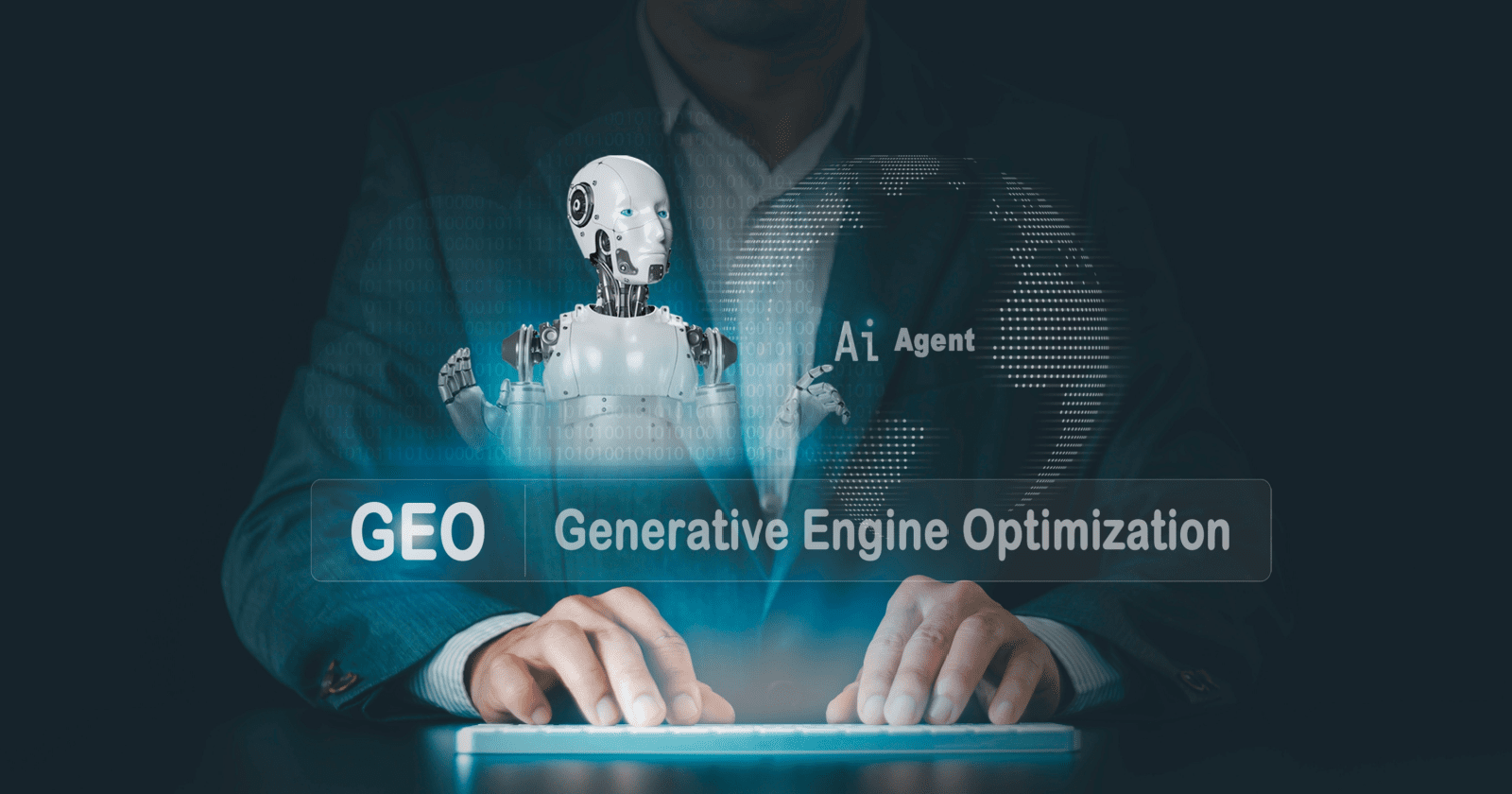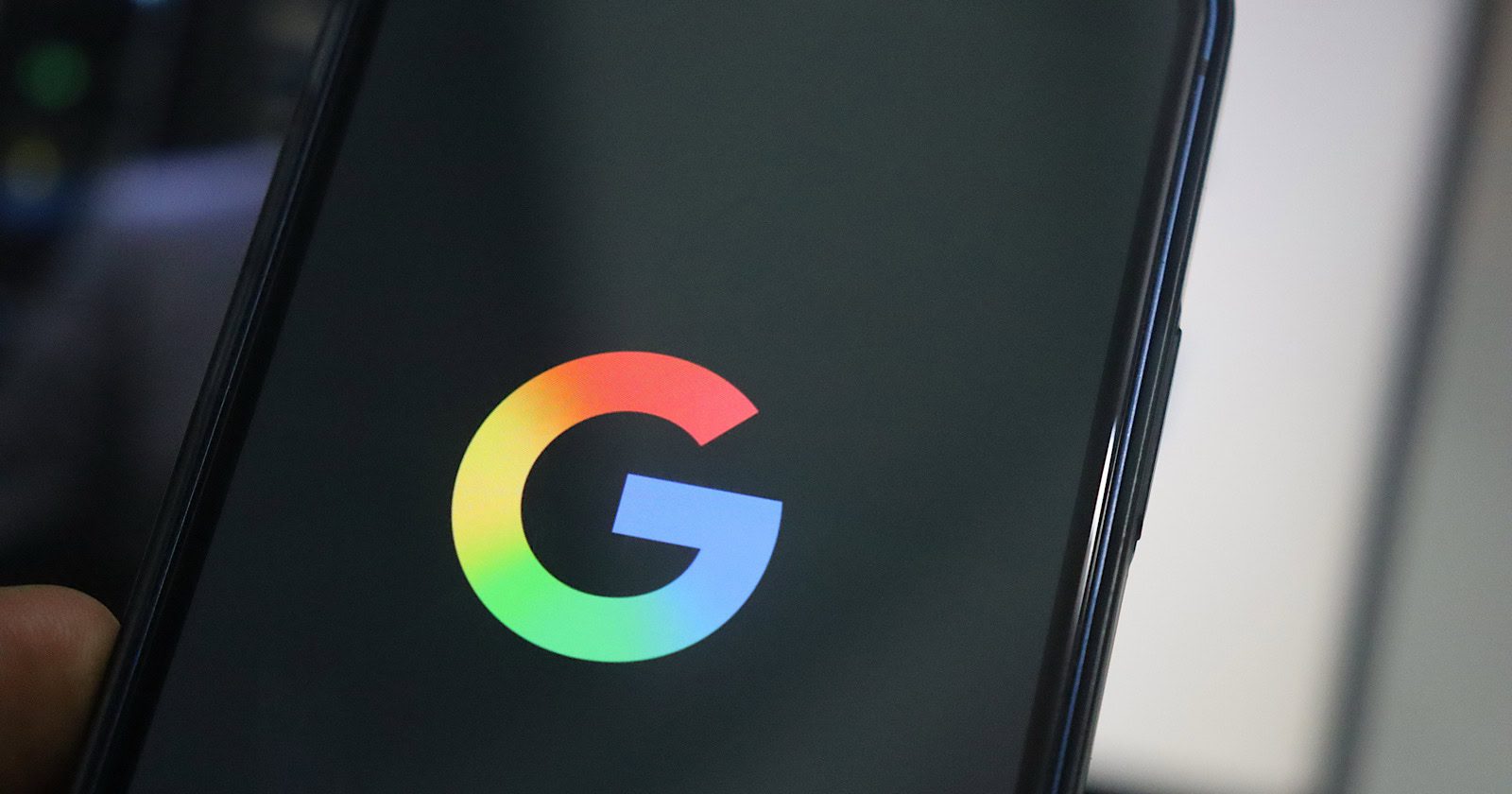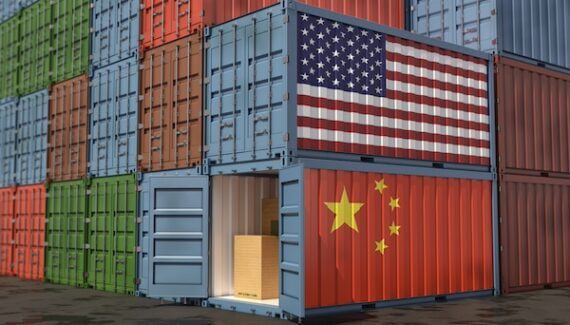Stop Trying To Make GEO Happen! via @sejournal, @cshel

“Stop trying to make GEO happen. It’s not going to happen.”
With apologies to Gretchen Wieners and the writers of “Mean Girls,” the line feels like the only way to start this conversation about a buzzword making the rounds: GEO (which is now, allegedly, supposed to mean Generative Engine Optimization).
This article grew out of a LinkedIn post/open plea I wrote recently about this furore, which unexpectedly took off – approaching 10,000 impressions, four dozen comments, and plenty of laughter at bad acronym ideas. Clearly, this struck a nerve with the SEO and marketing community.
On the surface, to be fair, the concept makes sense. We’re in a new era where AI-driven search engines are shaping how content is retrieved, summarized, and delivered. Adapting SEO strategies for that reality is important; however…
Nobody Will Say “G-E-O”
Acronyms survive if they’re pronounceable. If they aren’t easy to say aloud, and also happen to spell an actual word, people will say it like a word.
To my point, no one is going to spell out “G-E-O” when talking about Generative Engine Optimization. It simply doesn’t roll off the tongue nicely. Inevitably, it becomes the word “geo” – and that’s where the trouble starts.
The word geo is ancient. It comes from the Greek word gē (γη), meaning earth or ground. It’s the root of hundreds of words we already use every day: geography, geology, geothermal, geopolitics, geospatial, geotracking, geotagging, geomapping. In technology, it’s baked into concepts like geo-targeting and geo-fencing, and in all cases, geo explicitly means “the earth” in some form or another.
The linguistic baggage here is too heavy. There is no amount of wishful thinking that will make “gee-ee-oh” mean something not related to the earth.
The Branding Problem: Words Have Meaning
Words and acronyms aren’t blank slates. They carry cultural, historical, and linguistic connotations and memories that can’t be erased by decree.
Try to rebrand “GEO” and people’s brains will still instantly (or at least initially) read it as “geography.” They might pause and look at the context, and then decide “Oh, this must be G-E-O which means generative engine optimization, which is like S-E-O but for AI.” That’s a lot of work we are asking the public to do for three little letters.
It’s the same reason I could never (not that I would ever) convince our marketing team to rebrand our SEO plugin as an “FBI” plugin. No matter how hard we try to make FBI mean For Better Indexing, we are not going to be able to overcome the decades of heavy usage that says FBI means Federal Bureau of Investigation.
In this case, GEO doesn’t have decades of historical usage; it has literally millennia of meaning that IS NOT THIS. Hijacking an acronym with multiple centuries of usage is not innovation; it is confusion.
The SEO Problem: Competing With Entrenched Meaning
Let’s set branding aside and look at this purely from an SEO perspective.
Search engines reward authority, longevity, and relevance. The word geo has decades of backlinks, established search volume, and deeply entrenched usage. Every authoritative signal in Google’s system points to geo = geography/geographical/earth-related or adjacent.
Generative Engine Optimization will be competing against that established meaning forever. It won’t matter how many blog posts declare that “GEO is the new SEO” – the search results for “geo” will belong to geography, not generative optimization.
Then we can look beyond Google’s index – the training data behind large language models (LLMs) already “knows” that geo refers to Earth and geography, because that’s what the word has meant in every corpus of text for thousands of years. The idea that we can overwrite that meaning in a few quarters of (AI-generated) blog posts and conference talks is, frankly, wishful thinking.
Acronym Soup: Why Hijacking Fails
This isn’t the first time people have tried to coin a buzzword by hijacking an acronym. It never works. Acronyms only stick when they are:
- Unique (no heavy pre-existing baggage).
- Clear (people know, or can easily surmise, what they stand for).
- Pronounceable (people can easily say them in conversation).
When they aren’t, they dissolve into acronym soup. Everyone gets confused, nobody adopts the term consistently, and the idea dies.
Humor Break: Acronyms We Can Safely Reject Now
Since I’m sure there will be a scramble to come up with something “better” than GEO, let me save you the trouble and pre-remove a few tempting, but alas already in use, options from the list.
- FBI – For Better Indexing (all your queries are under surveillance).
- PDF – Prompt-Driven Framework (optimized for clients who never open them).
- BIO – Bot Interaction Optimization (because the LLMs need to “like” you).
- CEO – Crawl Efficiency Orchestration (manage your bots like a boss).
- URL – Unified Retrieval Layer (ranking starts at the root).
- GPS – Generative Prompt Sequencing (your AI still needs directions).
- API – Automated Prompt Injection (though to be fair, my brain always defaults to “armor piercing incendiaries” but that’s probably just a me problem).
- HTML – Human-Tuned Model Language (teach the bots to “speak search”).
- INFO – Intelligent Neural Findability Optimization (make your content “discoverable” to AI).
- PRO – Prompt Response Optimization (win the answer box in AI).
- EV – Enhanced Visibility (because apparently that’s the whole point).
- SEO – Synthetic Engine Optimization (yes, we’ve come full circle).
They’re funny, but none of them should happen for all of the reasons outlined above.
What Actually Works When Naming Concepts
So, if GEO is a lost cause, what should we be doing instead?
1. Start Unique
- Don’t hijack a word or acronym already in heavy use.
- The cleanest acronyms are invented, not repurposed.
2. Make It Pronounceable
- SEO works because people can say it.
- SaaS (Software as a Service) works because it’s short and phonetically easy (“sass” in case you didn’t know).
3. Anchor It In Authority
- Google’s own acronyms, like E-E-A-T (Experience, Expertise, Authoritativeness, Trustworthiness), stuck because Google itself enforced them.
- A community can rally around a term, but only if it feels backed by authority or usefulness.
4. Check The SERPs First
- Before you try to coin an acronym, search it.
- If the first three pages of results are about something else entirely, you might be sunk before you begin.
The Bottom Line: Stop Trying To Make GEO Happen
Generative Engine Optimization as a concept makes sense, but GEO as an acronym is doomed.
It fails linguistically (nobody will say “G-E-O”), historically (the word is ancient and already claimed), and strategically (search engines and LLMs already associate “geo” with geography, not generative search).
If you want a new term to catch on, start with one that isn’t already taken. Otherwise, you’re not innovating language – you’re just creating acronym soup … and sabotaging your own visibility from day one.
So please, stop trying to make GEO happen. It’s not going to happen.
More Resources:
Featured Image: CHIEW/Shutterstock



